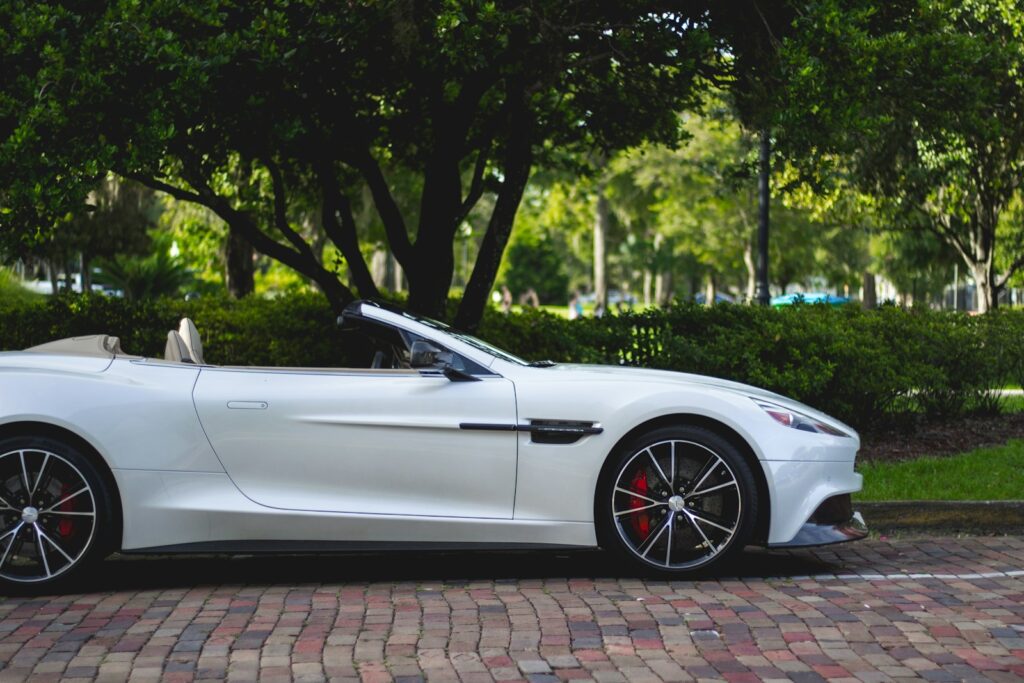The automotive landscape, once a predictable terrain, is now undergoing a significant transformation, largely spearheaded by a new generation of enthusiasts: Millennials and Gen Z. For decades, the classic car market was a dominion of Baby Boomers, defined by their nostalgic reverence for the sleek chrome, roaring V8s, and distinct designs of the 1950s, 60s, and early 70s. These older collectors often viewed their vehicles as pristine showpieces, investments to be meticulously preserved and admired, embodying a particular era’s engineering and aesthetic peak. This traditional approach has cultivated a deep-seated appreciation for certain models that became synonymous with the “classic” designation.
However, as purchasing power shifts and new generations assert their preferences, a fascinating divergence in taste is emerging. Millennials, born between 1981 and 1996, are not merely inheriting the mantle of classic car ownership; they are redefining it entirely. While they harbor a profound love for car culture, expressing a desire to own classic vehicles at nearly double the rate of Boomers according to a Hagerty survey, their choices are distinctly different. They seek affordability, practicality, sustainability, and above all, the joy of *driving* their cars, not just storing them. This fundamental shift means that many of the beloved icons of the Boomer generation are now being passed over, for reasons ranging from high maintenance demands to a mismatch with modern driving priorities and aesthetic sensibilities.
This article delves into some of those very vehicles and archetypes that, despite their legendary status among older collectors, often fail to ignite the same passion in the Millennial generation. We’ll explore why these automotive legends, once the pinnacle of desirability, are finding less traction with younger buyers who are actively shaping a new narrative for what constitutes a “collectible” car. Join us as we uncover the fascinating reasons behind this generational divide, illuminating how a new wave of enthusiasts is forging its own path in the vibrant, ever-evolving world of classic automobiles.

1. **Flathead Roadsters: The End of an Era for Engine Enthusiasts**Flathead Roadsters, with their distinctive engine design and deep roots in early American hot rod culture, represent a foundational chapter in automotive history. These vehicles, often characterized by their exposed engines and open-top designs, were the darlings of early car enthusiasts and remain cherished by many Baby Boomers who appreciate the raw, mechanical purity they embody. The Flathead V8, in particular, was a revolutionary engine in its time, powering everything from Ford’s early mass-produced cars to the nascent street racing scene, laying the groundwork for performance modifications that would become a cornerstone of American car culture.
For a generation that grew up revering these mechanical marvels, the Flathead Roadster holds immense nostalgic value, symbolizing an era of hands-on engineering and a direct connection between driver and machine. They represent a time when car ownership often involved a degree of mechanical aptitude and a willingness to tinker, a spirit that resonated deeply with the Boomer generation’s DIY ethos. The unique sound and feel of a Flathead engine are distinctive, offering an experience that is far removed from the refined sophistication of modern powertrains.
However, for many Millennials, these venerable machines often represent a bridge too far into specialized and demanding territory. The context explicitly states that for Millennials, it’s “definitely not flathead roadsters” that capture their interest. The unique architecture of the flathead engine, while historically significant, requires a particular skill set for maintenance and repair that is increasingly rare and expensive. Younger collectors, who are more interested in “going places than working on their classics,” find the intricate, often temperamental nature of these older engines less appealing than the more reliable and straightforward mechanics of later models.
The focus for Millennials often leans towards cars that offer a more consistent driving experience without constant mechanical intervention, allowing them to enjoy the car on the road rather than spending extensive time in the garage. While the historical narrative of the Flathead Roadster is undeniably compelling, its practical realities, coupled with a generational shift towards different forms of engagement with classic cars, mean it frequently gets passed over in favor of more accessible and driveable alternatives. The romance of the open road, for this younger demographic, often doesn’t involve the specific challenges presented by a flathead powerplant.
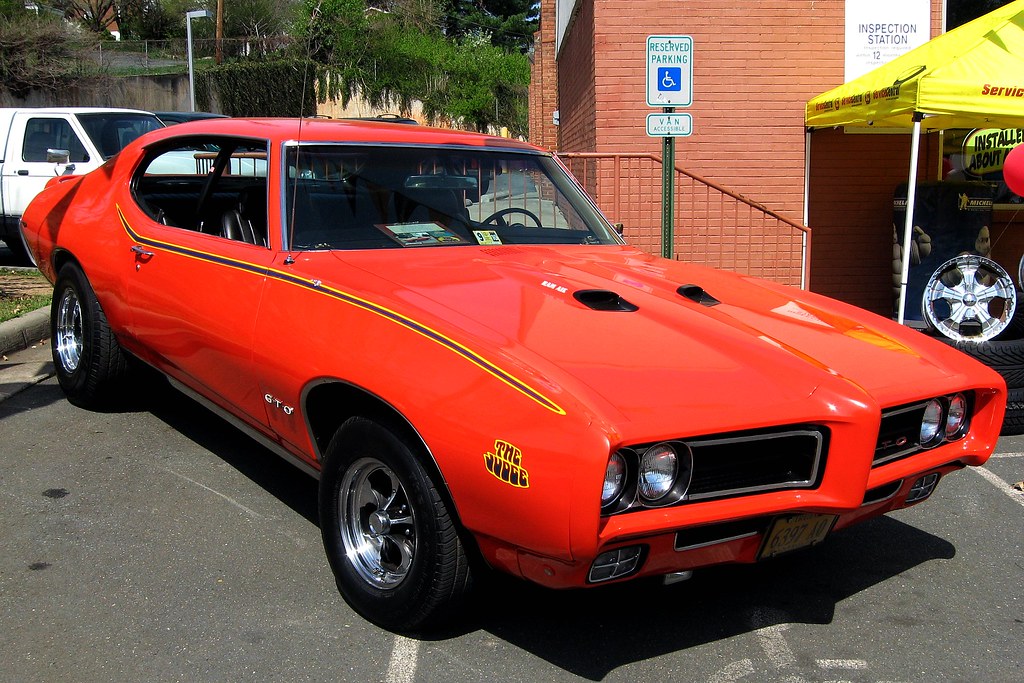
2. **Early Muscle Cars (Pre-Late 1960s): The Roar That Echoes Less Loudly for Millennials**The era of American muscle cars, characterized by their powerful V8 engines, aggressive styling, and straight-line speed, remains a defining chapter in automotive history. For Baby Boomers, who came of age during this period, early muscle cars from the mid-1960s, such as the initial iterations of the Pontiac GTO or the early Ford Fairlanes with big block engines, represent the pinnacle of automotive excitement and raw, unadulterated power. These vehicles were not just cars; they were statements of freedom, rebellion, and American ingenuity, deeply embedded in the cultural fabric of their youth.
Older generations “gravitated to” these early muscle cars, often remembering them from their formative years or as aspirational vehicles that captured their imagination. The visceral thrill of their acceleration and the distinctive rumble of their engines are etched into the memories of those who experienced their original dominance on the streets and drag strips. Owning such a vehicle today is often a way for Boomers to reconnect with that potent sense of youth and a bygone era of automotive excess and performance.
However, the appeal of these particular “early muscle cars” seems to resonate less strongly with the Millennial demographic. While younger enthusiasts appreciate performance, their focus often shifts to “performance cars from late 1960s to early ’90s.” This indicates a preference for vehicles that, while still powerful, might offer a slightly more refined driving experience, or perhaps represent the performance vehicles they encountered during their own childhoods or early adult lives. The cost of entry for pristine early muscle cars, often driven by intense Boomer demand, can also be prohibitive for Millennials who “generally had less disposable income compared to their predecessors.”
The raw, sometimes unrefined nature of very early muscle cars, coupled with their higher acquisition costs and potentially more complex maintenance for non-specialists, positions them outside the primary interest zone for many younger collectors. Millennials are looking for cars that are “fun” to drive, and while early muscle cars are undeniably fun, their specific brand of performance might not align with the broader definition of “fun” that includes more contemporary handling and accessibility, often found in later performance models that bridge the gap between classic charm and modern utility.
Car Model Information: 1966 Pontiac GTO Coupe
Name: Pontiac GTO
Caption: 2005 Pontiac GTO
Manufacturer: Pontiac (automobile),Holden
Class: Mid-size car,Compact car,Mid-size car
Production: 1963–1974,2003–2006
Predecessor: Pontiac Tempest
Layout: Front-engine, rear-wheel-drive layout
ModelYears: 1964-1974 2004-2006
Categories: 1970s cars, 2000s cars, All articles with unsourced statements, Articles with short description, Articles with unsourced statements from October 2008
Summary: The Pontiac GTO is a front-engine, rear-drive, two-door, and four-passenger automobile manufactured and marketed by the Pontiac division of General Motors over four generations from 1963 until 1974 in the United States — with a fifth generation made by GM’s Australian subsidiary, Holden, for the 2004 through 2006 model years.
The first generation of the GTO is credited with popularizing the muscle car market segment in the 1960s. Some consider the Pontiac GTO to have started the trend with all four domestic automakers offering a variety of competing models.
For the 1964 and 1965 model years, the GTO was an optional package on the intermediate-sized Pontiac LeMans. The 1964 GTO vehicle identification number (VIN) started with 22, while the 1965 GTO VIN began with 237. The GTO was designated as a separate Pontiac model from 1966 through 1971 (VIN 242…). It became an optional package again for the 1972 and 1973 intermediate LeMans. For 1974, the GTO was an optional trim package on the compact-sized Ventura.
The GTO model was revived for the 2004 through 2006 model years as a captive import for Pontiac, a left-hand drive version of the Holden Monaro, itself a coupé variant of the Holden Commodore.
Get more information about: Pontiac GTO
Buying a high-performing used car >>>
Brand: Pontiac Model: GTO
Price: $59,991 Mileage: 4,408 mi.
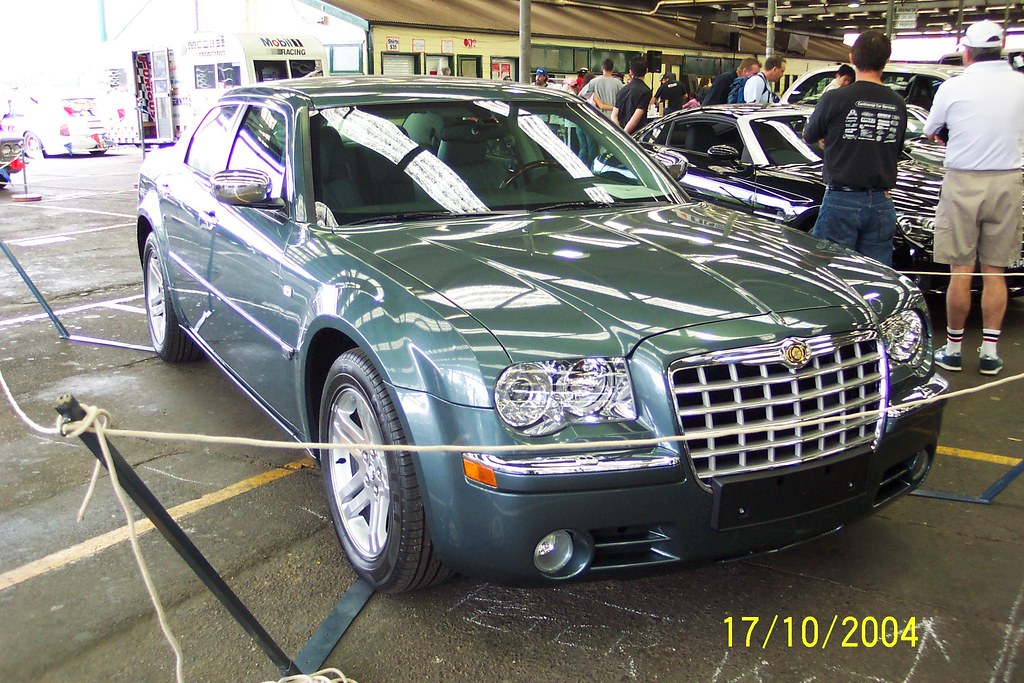
3. **1950s Sedans: The Chromed Giants of a Fading Fascination**The 1950s was an era of unprecedented optimism and expansion in America, and its automobiles reflected this grand vision perfectly. Sedans from this decade, famously adorned with towering tail fins, dazzling chrome accents, and expansive bodywork, became symbols of prosperity and futuristic design. Brands like Chevrolet, Ford, and Plymouth produced land yachts that were not merely modes of transport but mobile works of art, embodying the distinctive styling cues and technological aspirations of post-war America. For Baby Boomers, these vehicles hold a profound nostalgic value, representing the cars of their childhoods and the quintessential American dream.
These “1950s sedans” were explicitly mentioned as cars that “previous generations gravitated to,” highlighting their status as prime collector items for Boomers. Their sheer presence, often coupled with comfortable, spacious interiors, made them ideal for family road trips and cruising, creating enduring memories. The intricate details, from dashboard designs to distinctive hood ornaments, showcased a level of craftsmanship and artistic expression rarely seen in modern vehicles, making them captivating pieces of automotive history for those who appreciate their era-specific charm.
However, for the Millennial generation, these chromed giants often don’t spark the same level of enthusiasm. The practicalities of owning and driving such a large vehicle in contemporary urban environments – from parking challenges to fuel efficiency concerns – make them less appealing. Younger collectors are often drawn to vehicles that offer a more agile and engaging driving experience, a stark contrast to the often ponderous handling and sheer bulk of many 1950s sedans. Their primary appeal as a “pristine showpiece” rather than a daily driver also clashes with the Millennial desire to use their classic cars regularly.
The maintenance of these older, often complex mechanical systems and electrical components can also be a significant undertaking, requiring specialized knowledge and parts that are not always readily available. While their aesthetic appeal is undeniable, the blend of impracticality for modern life, a focus on show rather than driveability, and the specialized care they demand means that many 1950s sedans are simply “passed over” by Millennials in favor of more suitable, and often more affordable, alternatives that better fit their contemporary lifestyle and driving preferences.
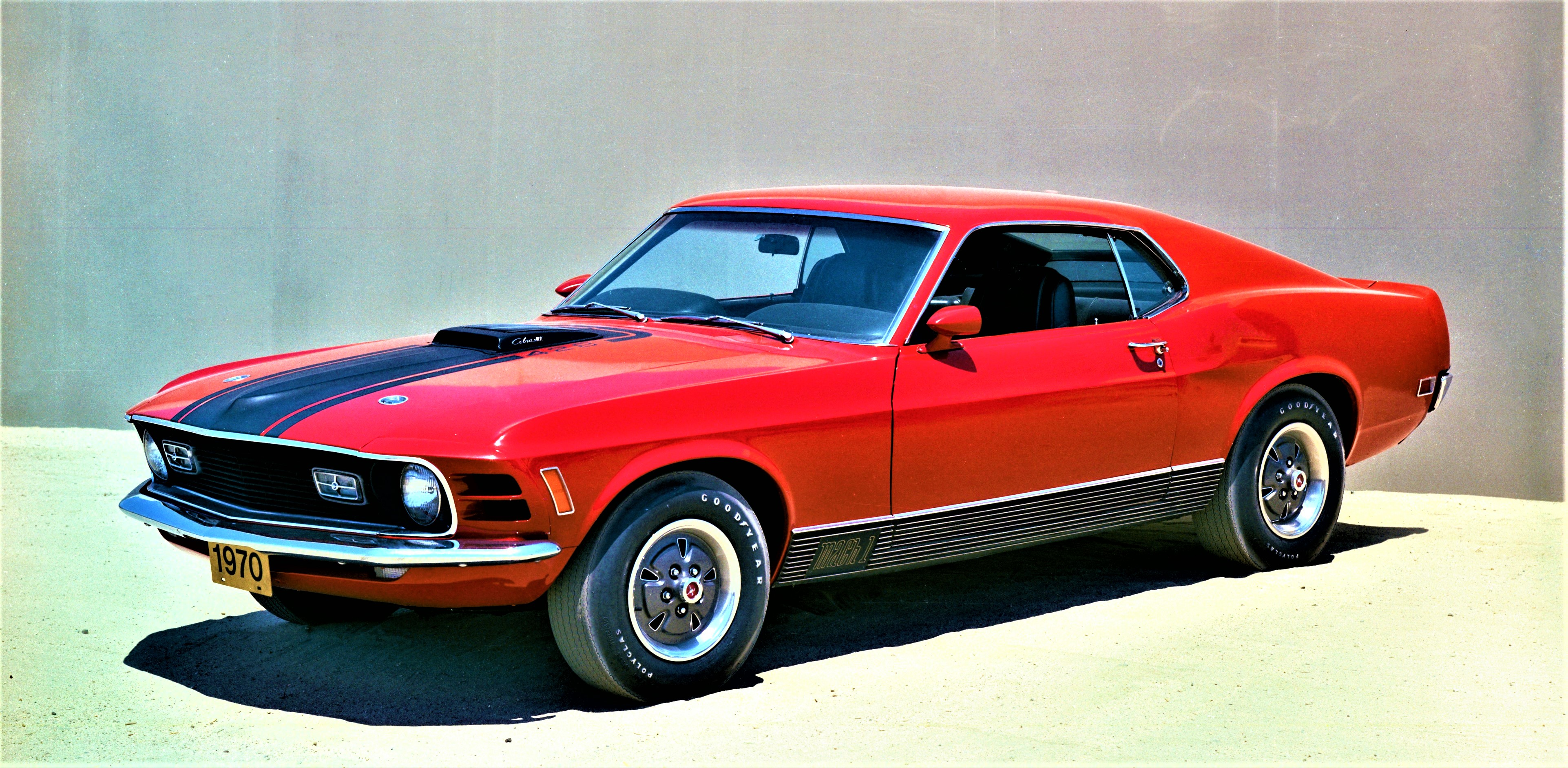
4. **Classic Hot Rods (Traditional Style): When Customization Met Generational Divide**Classic Hot Rods, typically characterized by heavily modified pre-World War II Ford models and other early American cars, represent a powerful subculture within the automotive world. These vehicles are stripped down, engine-upgraded, and often visually distinct, embodying a spirit of mechanical ingenuity and individual expression. Born from the desire for speed and personalization, hot rods became cultural icons, particularly for the generations that came of age in the mid-20th century, cementing their place in the hearts of many Baby Boomer collectors as the ultimate statement of automotive rebellion and craftsmanship.
This traditional style of hot rod, with its emphasis on raw power, exposed mechanicals, and a distinctly retro aesthetic, holds a special allure for those who appreciate the foundational aspects of car modification. They are often seen as rolling sculptures, a testament to the skill and vision of their builders, and are a common sight at classic car shows where Boomer enthusiasts gather to admire the artistry and engineering prowess on display. The history of hot rodding is intrinsically linked to the American pursuit of performance, making these vehicles deeply resonant for a specific segment of the classic car community.
However, despite Millennials’ strong desire to “personalize their vehicles and stand out from the crowd,” the traditional hot rod often falls outside their primary sphere of interest. While younger enthusiasts are drawn to custom-built options and aftermarket upgrades like downpipes to enhance performance and achieve a “more aggressive exhaust note,” their aesthetic and functional preferences tend towards vehicles from later decades—specifically “performance cars from late 1960s to early ’90s” and even “rugged SUVs from the 1960s and 70s.” The very specific, vintage aesthetic of a traditional hot rod may not align with the diverse and often contemporary styling choices favored by younger customizers.
Furthermore, the extensive modifications and specialized components inherent in many hot rods can lead to complex maintenance and a driving experience that might not be as “fun” or practical for regular use as Millennials prefer. The traditional hot rod often functions more as a show car than a daily driver, which conflicts with the Millennial desire to actively “drive them” and experience their vehicles on the road rather than just preserving them for posterity. This blend of niche aesthetic, specialized maintenance, and a show-oriented purpose makes them a less common choice for the evolving Millennial collector.
Car Model Information: 2024 Honda Civic LX
Categories: All Wikipedia articles written in American English, All articles needing additional references, All articles with unsourced statements, Articles needing additional references from June 2018, Articles with short description
Summary: Hot rods are typically American cars that might be old, classic, or modern and that have been rebuilt or modified with large engines optimized for speed and acceleration. One definition is: “a car that’s been stripped down, souped up and made to go much faster.” However, there is no definition of the term that is universally accepted and the term is attached to a wide range of vehicles. Most often they are individually designed and constructed using components from many makes of old or new cars, and are most prevalent in the United States and Canada. Many are intended for exhibition rather than for racing or everyday driving.
The origin of the term “hot rod” is unclear. Some say that the term “hot” refers to the vehicles being stolen. Other origin stories include replacing the engine’s camshaft or “rod” with a higher performance version. According to the Hot Rod Industry Alliance (HRIA), the term changes in meaning over the years, but “hot rodding has less to do with the vehicle and more to do with an attitude and lifestyle”. For example, hot rods were favorites for greasers.
The term has broadened to apply to other items that are modified for a particular purpose, such as “hot-rodded amplifier”.
Get more information about: Hot rod
Buying a high-performing used car >>>
Brand: Ford Model: Hot Rod
Price: $21,650 Mileage: 17,979 mi.

5. **The 1955 Chrysler 300-C: A Boomer Benchmark Overshadowed by New Desires**The 1955 Chrysler 300-C stands as a monumental achievement in American automotive history, often lauded as one of the earliest true luxury performance cars. Dubbed the “banker’s hot rod,” it combined elegant, understated styling with a formidable Hemi V8 engine, delivering performance that was astounding for its time and luxury features that set it apart from its contemporaries. This vehicle was the progenitor of Chrysler’s legendary “letter series” cars, establishing a legacy of high-performance, high-style machines that captivated a generation of discerning buyers and would become deeply cherished by Baby Boomer collectors.
For many Boomers, the 300-C represents the sophisticated side of American power, a car that could both cruise in comfort and dominate on the highway. Its scarcity, combined with its groundbreaking performance and design, has ensured its place as an enduring classic within the traditional collector market. The context notes that such cars “will always have fans,” explicitly recognizing its status as a Boomer classic that commands respect and admiration for its historical significance and engineering prowess. It epitomizes a particular brand of automotive excellence that defines the tastes of older enthusiasts.
However, for the Millennial generation, the allure of the 1955 Chrysler 300-C is often less potent. Its substantial size, while indicative of luxury in its era, can be a practical drawback for younger drivers navigating contemporary roads and parking spaces. Furthermore, its legendary Hemi engine, while powerful, is not known for its fuel efficiency, a consideration that carries more weight with a generation increasingly conscious of environmental impact and running costs. The specific aesthetic, blending understated luxury with subtle performance cues, may also not resonate as strongly with Millennials who prefer the distinct designs of later performance models or the rugged utility of classic SUVs.
Ultimately, the 300-C’s status as a rare and high-value investment piece often places it firmly in the category of a “pristine showpiece” rather than a vehicle to be driven regularly. This directly conflicts with the Millennial desire to actively “drive them” and enjoy the experience of car ownership on the road. The combination of its specific historical niche, practical considerations for modern use, and its typically high investment value means this Boomer benchmark often gets passed over by younger collectors seeking different forms of engagement with the classic car world.
Car Model Information: 2020 Chrysler 300 Touring
Name: Chrysler 300
Aka: Lancia Thema
Manufacturer: Chrysler (automotive brand)
Production: February 1, 2004– December 2023
ModelYears: 2005–2023
Class: Executive car
Layout: Front-engine, rear-wheel-drive layout,automobile layout
Predecessor: Chrysler 300M,Chrysler Concorde,Chrysler Intrepid
Categories: 2010s cars, All articles with dead external links, All articles with unsourced statements, Articles with dead external links from June 2025, Articles with short description
Summary: The Chrysler 300 is a full-size car manufactured and marketed by Stellantis North America and its predecessor companies. It was available as a four-door sedan and station wagon in its first generation (model years 2005–2010), and solely as a four-door sedan in its second generation (model years 2011–2023).
The second generation 300 was marketed as the Chrysler 300C in the United Kingdom and Ireland and as the Lancia Thema in the remainder of Europe.
Get more information about: Chrysler 300
Buying a high-performing used car >>>
Brand: Chrysler Model: 300-C
Price: $21,595 Mileage: 66,337 mi.
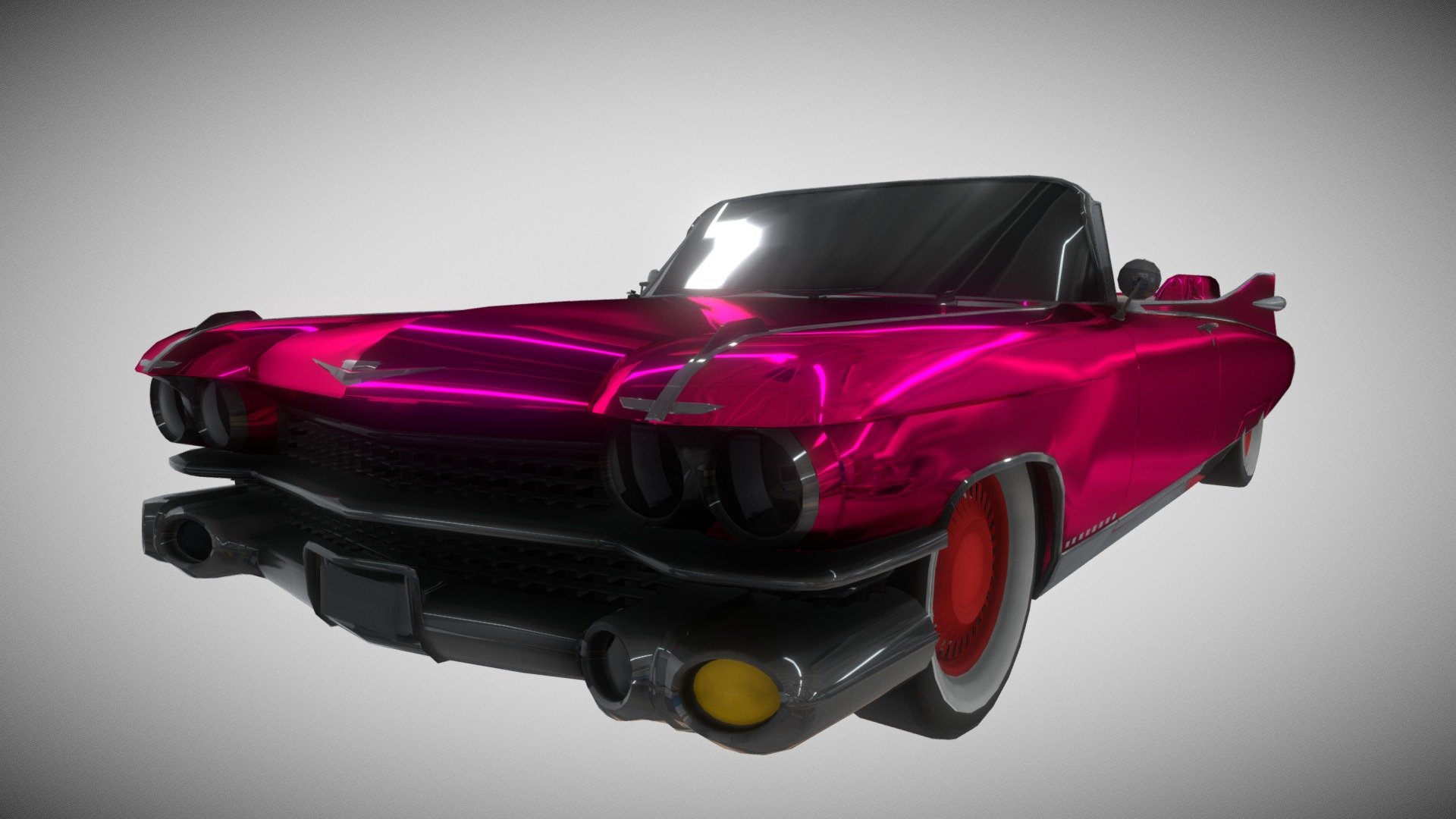
6. **The 1959 Cadillac Eldorado: Fin-Tastic Grandeur Finds New Skeptics**The 1959 Cadillac Eldorado stands as an undisputed icon of American automotive extravagance, a magnificent testament to the unbridled optimism and flamboyant design ethos of the late 1950s. Most famously, it sported the most dramatic tail fins ever to grace a production car, soaring skyward and adorned with twin bullet taillights. This vehicle wasn’t just transportation; it was a rolling sculpture, a declaration of status and a bold symbol of American luxury and post-war prosperity. For many Baby Boomers, the ’59 Eldorado embodies the ultimate expression of a bygone era, a dream car from their youth that continues to inspire awe and admiration.
Its sheer scale, lavish interior appointments, and advanced features for its time—such as power everything and air suspension—solidified its position as a pinnacle of American engineering and design. The context rightly identifies the ’59 Cadillac Eldorado as a car that “will always have fans,” underscoring its enduring legacy and its profound appeal to traditional collectors. It represents the very essence of grand touring, a car designed for luxurious comfort and making an unforgettable entrance, a stark contrast to the utilitarian vehicles that dominate today’s roads.
However, for a significant portion of the Millennial generation, the ’59 Eldorado’s opulent grandeur and distinctive styling often present more practical challenges than captivating charm. Its colossal dimensions, while impressive, make it incredibly cumbersome to maneuver and park in modern environments, far removed from the wide-open spaces it was designed for. The elaborate tail fins, a design marvel of its day, can appear over-the-top or even impractical to younger sensibilities that lean towards more understated or functionally aggressive aesthetics.
Beyond aesthetics, the ’59 Eldorado’s complex luxury features, while innovative for its time, can be incredibly demanding and expensive to maintain in the present day. Repairing or sourcing parts for its unique air suspension, intricate electrical systems, or massive V8 engine can be a specialist’s task, aligning poorly with the Millennial preference for cars that are “fun” to drive rather than perpetually under restoration. Its low fuel economy and environmental impact are also considerations for a generation that increasingly prioritizes “sustainability and low environmental impact.” For these reasons, this fin-tastic emblem of Boomer luxury frequently gets passed over by younger collectors seeking a different kind of classic car experience.
Having explored the foundational classics that define the early Boomer era, we now turn our attention to other segments and philosophies within the classic car landscape that similarly fail to capture the imagination of the Millennial generation. The reasons are multifaceted, blending practical considerations with evolving aesthetic tastes and a fundamental shift in what car ownership means to a younger demographic. From technologically complex vehicles to entire categories of cars once revered for their luxury or performance, the tide of collector interest continues its fascinating shift.
Car Model Information: 1984 Cadillac Eldorado
Caption: 1963 Cadillac Eldorado Convertible
Name: Cadillac Eldorado
Manufacturer: Cadillac
Production: 1952–2002
Layout: Front-engine, rear-wheel-drive layout
Aka: Cadillac Fleetwood Eldorado
Class: Personal luxury car
Successor: Cadillac CTS
Categories: 1960s cars, 1970s cars, 1980s cars, 1990s cars, 2000s cars
Summary: The Cadillac Eldorado is a luxury car manufactured and marketed by the Cadillac Motor Car Division of General Motors from 1952 until 2002, over twelve generations.
The Eldorado was at or near the top of the Cadillac product line. The original 1953 Eldorado convertible and the Eldorado Brougham models of 1957–1960 had distinct bodyshells and were the most expensive models offered by Cadillac during those years. The Eldorado was never less than second in price after the Cadillac Series 75 limousine until 1966. Beginning in 1967, the Eldorado retained its premium position in the Cadillac price structure, but was manufactured in high volumes on a unique, two-door personal luxury car platform.
The Eldorado carried the Fleetwood designation from 1965 through 1972, and was seen as a modern revival of the pre-war Cadillac V-12 and Cadillac V-16 roadsters and convertibles.
Get more information about: Cadillac Eldorado
Buying a high-performing used car >>>
Brand: Cadillac Model: Eldorado
Price: $13,990 Mileage: 50,720 mi.
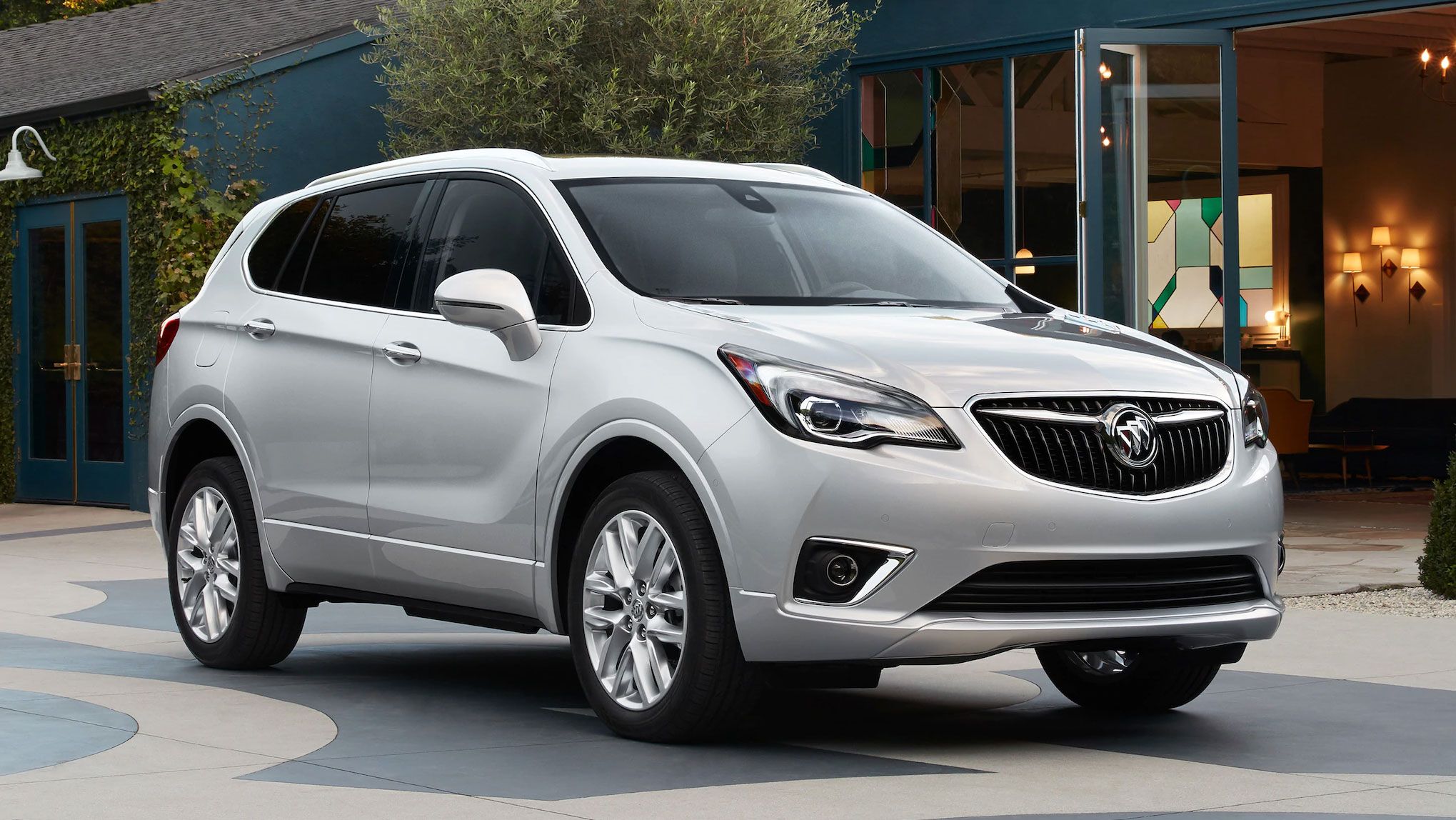
7. **Buick Riviera with Cathode Ray Tube (CRT): The Tech-Forward Roadblock**The Buick Riviera of certain eras, particularly those from the 1980s, represented a bold leap in automotive technology. These cars were incredibly advanced for their time, daring to integrate features like touch screens decades before they became ubiquitous in the automotive world. This level of innovation was a marvel, showcasing a commitment to pushing boundaries that often appealed to the technologically curious Boomer. For those who appreciated early attempts at digital integration and futuristic cabin design, these Rivieras were fascinating pieces of automotive history.
However, this pioneering spirit is precisely what makes them a less appealing prospect for many Millennials today. The context explicitly notes, “The Buick Riviera was way ahead of its time, offering a touch screen a decade before other brands, but pity the fool who tries to find replacement parts for its cathode ray tube.” This highlights a critical challenge: the specialized and now obsolete technology is incredibly difficult and expensive to maintain or repair. Younger collectors, who often prioritize a smooth, consistent driving experience, are unlikely to embrace a vehicle that demands such intricate and specialized technological upkeep.
Millennials generally prefer vehicles that are more straightforward to maintain, or at least ones where parts are readily available and repairs don’t require hunting down vintage electronics specialists. Their interest lies more in “going places than working on their classics,” as one expert put it. The allure of a unique, early touch screen quickly fades when faced with the reality of a perpetually dark or malfunctioning display, transforming a feature of historical curiosity into a constant headache. This makes the tech-forward Buick Riviera a prime example of a Boomer classic overlooked by a generation seeking practicality alongside pleasure.
Car Model Information: 1971 Buick Riviera
Caption: 1963 Buick Riviera
Name: Buick Riviera
Predecessor: Buick Super
Manufacturer: Buick
ModelYears: 1963–1993,1995–1999
Class: Personal luxury car
Categories: 1960s cars, 1970s cars, 1980s cars, 1990s cars, All articles with specifically marked weasel-worded phrases
Summary: The Buick Riviera is a personal luxury car that was marketed by Buick from 1963 to 1999, with the exception of the 1994 model year.
As General Motors’ first entry into the personal luxury car market segment, the Riviera was highly praised by automotive journalists upon its high-profile debut. It was a ground-up design on a new GM E platform debuting for the 1963 model year and was also Buick’s first unique Riviera model.
Unlike its subsequent GM E platform stablemates, the Oldsmobile Toronado and Cadillac Eldorado, the Riviera was initially a front engine/rear-wheel drive platform, switching to front-wheel drive starting with the 1979 model year.
While the early models stayed close to their original form, eight subsequent generations varied substantially in size and styling. A total of 1,127,261 Rivieras were produced.
The Riviera name was resurrected for two concept cars that were displayed at auto shows in 2007 and in 2013.
Get more information about: Buick Riviera
Buying a high-performing used car >>>
Brand: Buick Model: Riviera
Price: $22,499 Mileage: 91,150 mi.
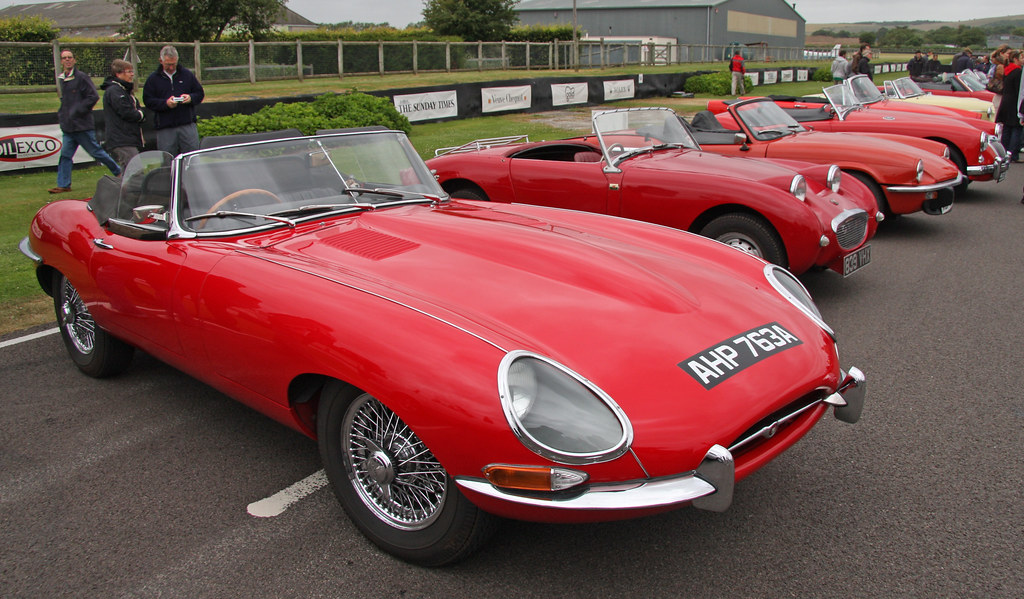
8. **Legendarily Demanding British Sports Cars: A Love-Hate Relationship Waning**British sports cars from the mid-20th century, such as classic MGs, Triumphs, and Lotuses, possess an undeniable charm. With their sleek lines, open-top exhilaration, and often spirited driving dynamics, they captured the hearts of many enthusiasts, including a significant number of Baby Boomers. These cars offered a raw, engaging driving experience, connecting the driver intimately with the road and the machine. For many, they represented the quintessential European sports car, combining elegance with a playful, often challenging, spirit.
This era of British automotive engineering cultivated a dedicated following among those who appreciated mechanical character and a hands-on approach to car ownership. The distinctive engine notes, the tactile feel of the steering, and the overall visceral experience were highly valued. Owning such a car was often seen as a badge of honor, a testament to one’s commitment to the purest form of motoring, even if it came with a dose of mechanical temperament.
Yet, for Millennials, this “character” often translates into “headache.” The context makes it clear: old British cars are “noticeably absent” from the list of cars getting millennials’ attention, because “They were legendarily demanding.” This refers to their notorious reputation for mechanical unreliability, complex electrical systems, and a constant need for tinkering and specialized maintenance. Younger collectors, who are more interested in actively “driving them” and enjoying the experience on the road rather than perpetually in the garage, find this aspect less appealing.
Millennials seek cars that are “fun” to drive, and for them, “fun” often includes reliability and accessibility of parts and service. The constant vigilance and specialized knowledge required to keep these demanding British machines running smoothly conflicts with a desire for more straightforward ownership. While their aesthetic appeal might still be acknowledged, the practical realities of owning a “legendarily demanding” British sports car mean they frequently get passed over for options that offer a more consistent and enjoyable driving experience without constant mechanical intervention.

9. **The “Pristine Showpiece” Mentality: From Garage Queen to Road Warrior**For decades, a significant segment of the classic car market, particularly among Baby Boomers, has revolved around the concept of the “pristine showpiece.” These vehicles are meticulously restored, often to concours-level perfection, and then carefully preserved, stored in climate-controlled garages, and only brought out for specialized car shows or investment appraisals. The value of such a car often lies in its originality, low mileage, and flawless condition, reflecting a philosophy where the car is an artifact to be admired and an asset to be grown, rather than a machine to be actively used.
This approach to classic car ownership often treats vehicles as investments or museum pieces, celebrating their historical significance and engineering artistry through preservation. Boomers often viewed their vehicles as “pristine showpieces, investments to be meticulously preserved and admired,” embodying a peak era of engineering. This reverence for untouched originality and perfect presentation has long dictated market values and shaped the collecting habits of older generations.
However, Millennials are fundamentally redefining this philosophy. The context highlights that “unlike older collectors who often keep their cars as pristine showpieces, Malcolm drives his 2003 Porsche Boxster S regularly.” This exemplifies a broader generational shift: Millennials want to “drive them.” They seek the joy of car ownership through the *experience* of driving, not just in preserving a vehicle for posterity. This means a flawless, undriven show car, while perhaps appreciated for its beauty, holds less appeal than a car that can be taken on road trips, modified for personal taste, or simply enjoyed on a Sunday drive.
The emphasis on personalization, sustainability through use (rather than just preservation), and the desire for a “unique and personalised driving experience” all contribute to this shift. Millennials are less concerned with maintaining perfect originality for speculative value and more focused on engaging with their vehicles in a real, tangible way. The “garage queen” status, while still valued by some, is increasingly being eclipsed by the “road warrior” ethos that champions active enjoyment and integration into their lifestyle, making the pure showpiece a less prioritized acquisition.

10. **High-Value Investment Classics: Beyond the Millennial Budget**The upper echelon of the classic car market has long been dominated by rare, historically significant, and exquisitely restored vehicles that command astronomical prices. These are the cars often seen at prestigious auctions like Pebble Beach, where unique pre-war models or iconic limited-production sports cars fetch millions. For many Baby Boomers, these high-value classics represent the ultimate investment, a tangible asset that combines passion with potential financial appreciation. The thrill of owning a piece of automotive history that is also a sound financial play has been a powerful motivator for older, wealthier collectors.
These vehicles are often acquired with a strong investment component in mind, their value driven by rarity, provenance, and historical significance. The context points out that “While rare and historically significant models continue to command high prices,” exemplified by a 1938 Alfa Romeo 8C 2900B Lungo Spider selling for over $14 million, this sector remains robust for those with substantial capital. Such cars are not merely transportation; they are museum-grade assets, collected and traded by a select few.
However, for the Millennial generation, these high-value investment classics often fall well outside their immediate interests and financial reach. The context clearly states that Millennials “have generally had less disposable income compared to their predecessors,” making the cost of entry for such vehicles prohibitive. While they might admire these automotive masterpieces, their focus is on “more affordable classic cars” that align with their current economic realities. They are seeking classic car ownership that is accessible, not just aspirational.
Their collecting philosophy leans towards vehicles they can afford to buy, maintain, and most importantly, drive. The immense capital outlay for a multi-million-dollar classic makes it an impractical choice for a generation prioritizing tangible experiences over pure asset accumulation. The desire to own a classic car is strong among Millennials, but that desire is channeled towards segments where affordability and driveability are key, rather than the exclusive realm of high-stakes investment pieces, meaning these elite classics are frequently passed over.
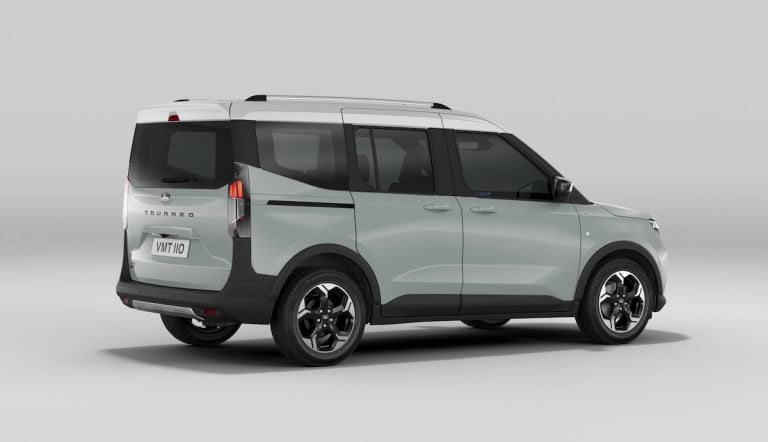
11. **The Obsolescent Daily Driver: When Practicality Outweighs Nostalgia**Many classic cars from the Boomer era, while perhaps not reaching the iconic status of muscle cars or luxury liners, were once common daily drivers. These were the reliable sedans, wagons, or coupes that families used for commuting, school runs, and vacations. For Baby Boomers, such vehicles often carry a strong nostalgic pull, representing the everyday cars of their youth or their parents, evoking simpler times and cherished memories. Their appeal lies in their familiarity and the enduring connection to personal history, making them sentimental collector items for some.
These cars, while perhaps not groundbreaking in design or performance, hold a genuine place in automotive history as the workhorses of their time. They embody the evolution of family transport and the practicalities of a bygone era. For a generation that grew up with them, even a humble sedan could be a cherished classic, preserved for its sentimental value and its role in personal narratives, standing in contrast to the flashy show cars.
However, for Millennials, these obsolescent daily drivers often lack the distinctive charm, performance, or rugged utility that captures their interest in classics. While they appreciate cars with character, the blend of unremarkable driving dynamics, dated safety features, and a lack of specific aesthetic appeal often means these cars are “passed over.” Millennials are actively seeking cars that offer a “unique aesthetic” and are “fun” to drive, preferences that often aren’t met by a standard, uninspired sedan from decades past.
Their preferences lean towards “performance cars from late 1960s to early ’90s” or “rugged SUVs from the 1960s and 70s,” which offer a more engaging driving experience, practical utility, or a distinct style. The idea of a classic car that was once merely a functional family vehicle, without a compelling performance or aesthetic hook, often doesn’t resonate strongly enough to overcome the practical drawbacks of older technology and maintenance. For this generation, nostalgia alone isn’t always enough to make an everyday car from a previous era a desirable classic.
The evolving classic car market is a vibrant testament to generational shifts in values, priorities, and aesthetics. Millennials are not just inheriting the mantle of car collecting; they are actively reshaping it, seeking engagement, practicality, and a personal connection with their vehicles. While the titans of Boomer-era motoring will always hold a place in history, the classics that truly capture the hearts and garages of younger enthusiasts are those that align with a modern ethos of driveability, affordability, and a tangible connection to their own unique story. This fascinating evolution ensures the open road of classic car passion remains as diverse and dynamic as ever, paving new routes for what we cherish and why.


